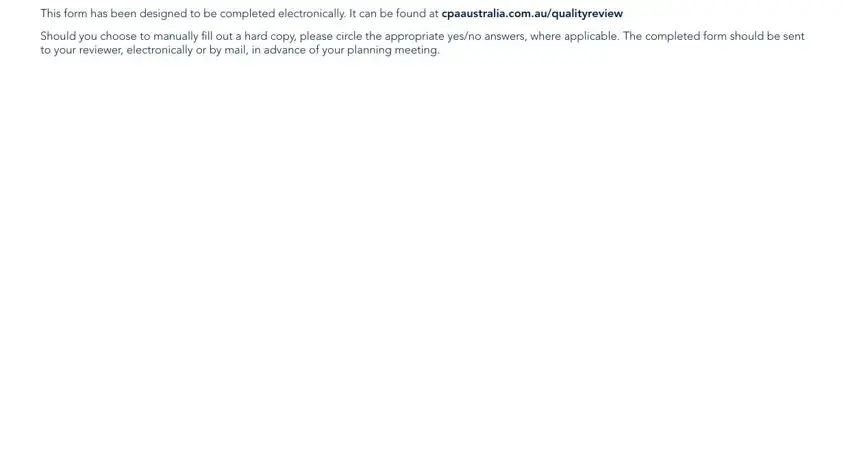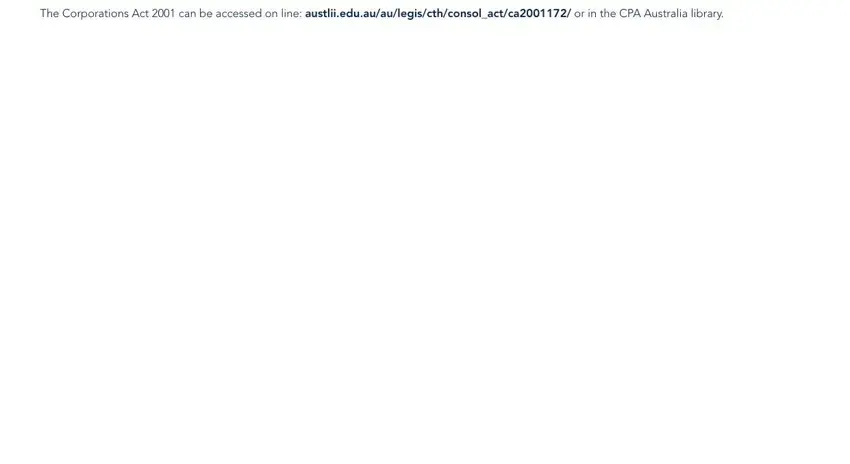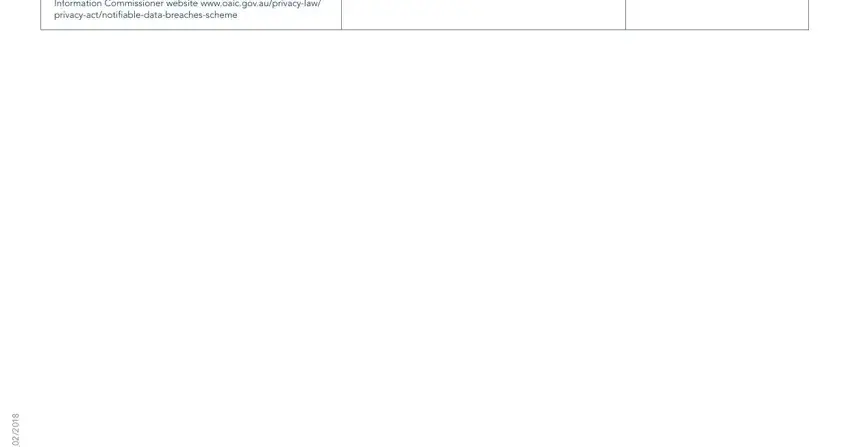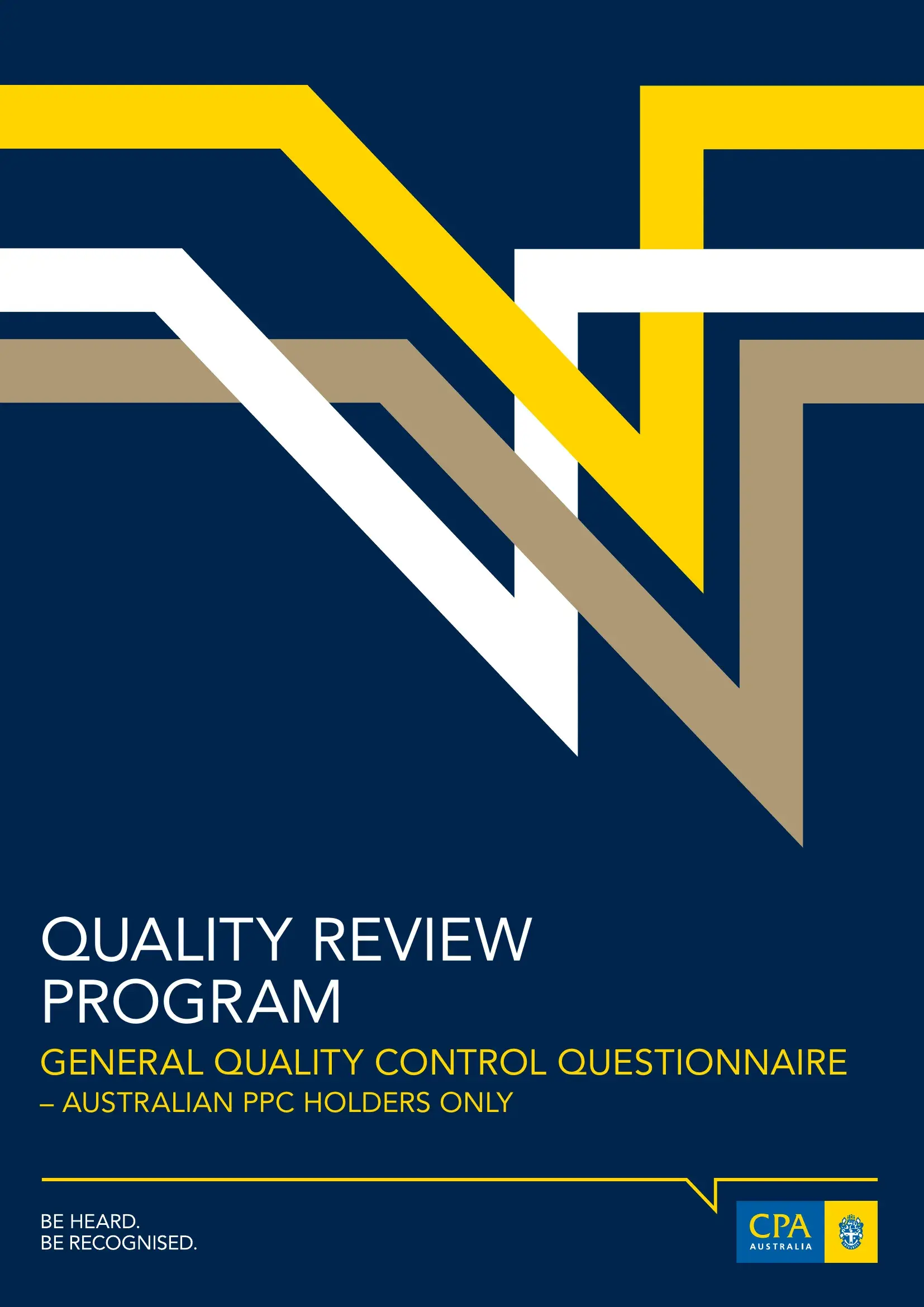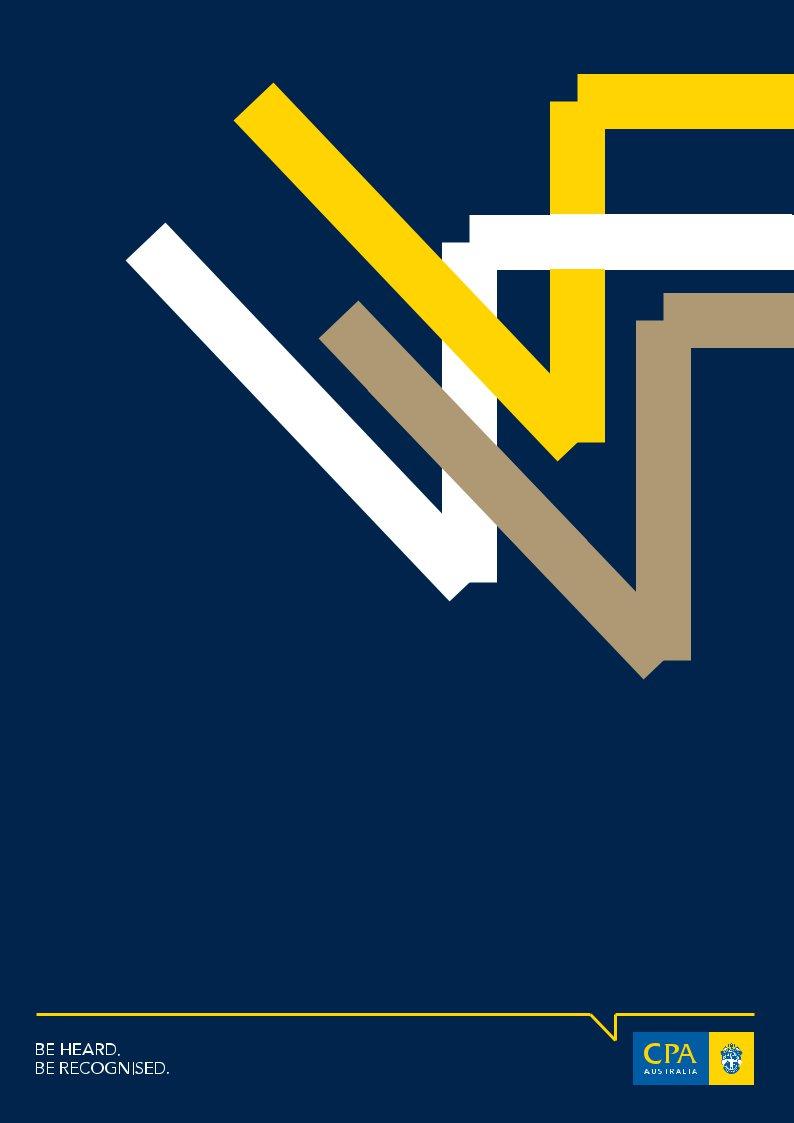QUALITY REVIEW PROGRAM
GENERAL QUALITY CONTROL QUESTIONNAIRE
Please note when answering the questions contained within this document:
the questionnaire should be completed prior to the review so that it can be discussed with your reviewer at the planning meeting and during the review if need be
you should respond directly with ‘yes’, ‘no’, or ‘N/A’ answers and, where appropriate, provide a brief description of your quality control procedures, which relate to the question asked. In the event that you have a quality control manual, the review process will be enhanced if your responses are cross-referenced to the relevant section(s) of your quality control manual. In the event that you do not have a quality control manual, diligent completion of this questionnaire will provide you with a base document from which a quality control manual can be developed.
Your reviewer may assist you in this process or make the appropriate recommendations.
documents that you use to implement quality control procedures (such as standard forms, checklists, etc.) should be available during the review
Your responses to this questionnaire will be discussed with your reviewer during the planning meeting. Your planning meeting may be conducted by telephone rather than in a face-to-face meeting.
SOLE PRACTITIONERS
Where there are questions that do not apply to your irm, either write ‘N/A’ or cross these sections out. Parts B and C of this questionnaire do not apply to sole practitioners with no staff.
PARTNERSHIPS
Only one General Quality Control Questionnaire needs to be completed for irms where there are two or more partners. Please write all member numbers on the front of the questionnaire.
Some questions seek an individual response. However, where a reviewer is conducting a review of more than one member in your irm, the questions should be interpreted so that a irm-wide response is provided. In the event that differences in policies and/or procedures exist within a multi-partner irm, the policies and procedures followed by the individual partners should be described.
DEFINITIONS AND EXTRACTS
Assurance Engagement means an engagement in which a conclusion is expressed by a member in public practice designed to enhance the degree of conidence of the intended users other than the responsible party about the outcome of the evaluation or measurement of a subject matter against criteria. [APES 320, para. AUST 2.1]
INDEPENDENCE MEANS:
independence of mind – the state of mind that permits the provision of an opinion without being affected by inluences that compromise professional judgment, allowing an individual to act with integrity, and exercise objectivity and professional scepticism; and
independence in appearance – the avoidance of facts and circumstances that are so signiicant a reasonable and informed third party, having knowledge of all relevant information, including any safeguards applied, would reasonably conclude a irm’s, or a member of the engagement team’s, integrity, objectivity or professional scepticism had been compromised. [APES 320, para. AUST 2.1]
APES 110.290.4 In the case of an audit engagement it is in the public interest and, therefore, required by this Code of Ethics, that members of audit, irms and, when applicable, network irms be independent of assurance clients.
APES 110.291.3 In the case of an assurance engagement it is in the public interest and, therefore, required by this Code of Ethics, that members of assurance teams, irms and, when applicable, network irms be independent of assurance clients.
SELF-INTEREST THREAT (APES 110)
This is the threat that a inancial or other interest will inappropriately inluence the Member‘s judgment or behaviour. For example:
A member of the Assurance Team having a Direct Financial Interest in the Assurance Client.
A Firm having undue dependence on total fees from a client.
A member of the Assurance Team having a signiicant close business relationship with an Assurance Client.
A Firm being concerned about the possibility of losing a signiicant client.
A member of the Audit Team entering into employment negotiations with the Audit Client.
A Firm entering into a Contingent Fee arrangement relating to an Assurance Engagement.
A Member discovering a signiicant error when evaluating the results of a previous Professional Service performed by a member of the Member‘s Firm.
SELF-REVIEW THREAT (APES 110)
This is the threat that a Member will not appropriately evaluate the results of a previous judgment made or service performed by the Member, or by another individual within the Member‘s Firm or employing organisation, on which the Member will rely when forming a judgment as part of providing a current service. For example:
A Firm issuing an assurance report on the effectiveness of the operation of inancial systems after designing or implementing the systems.
A Firm having prepared the original data used to generate records that are the subject matter of the Assurance Engagement.
A member of the Assurance Team being, or having recently been, a Director or Oficer of the client.
A member of the Assurance Team being, or having recently been, employed by the client in a position to exert signiicant inluence over the subject matter of the engagement.
The Firm performing a service for an Assurance Client that directly affects the subject matter information of the Assurance Engagement.
